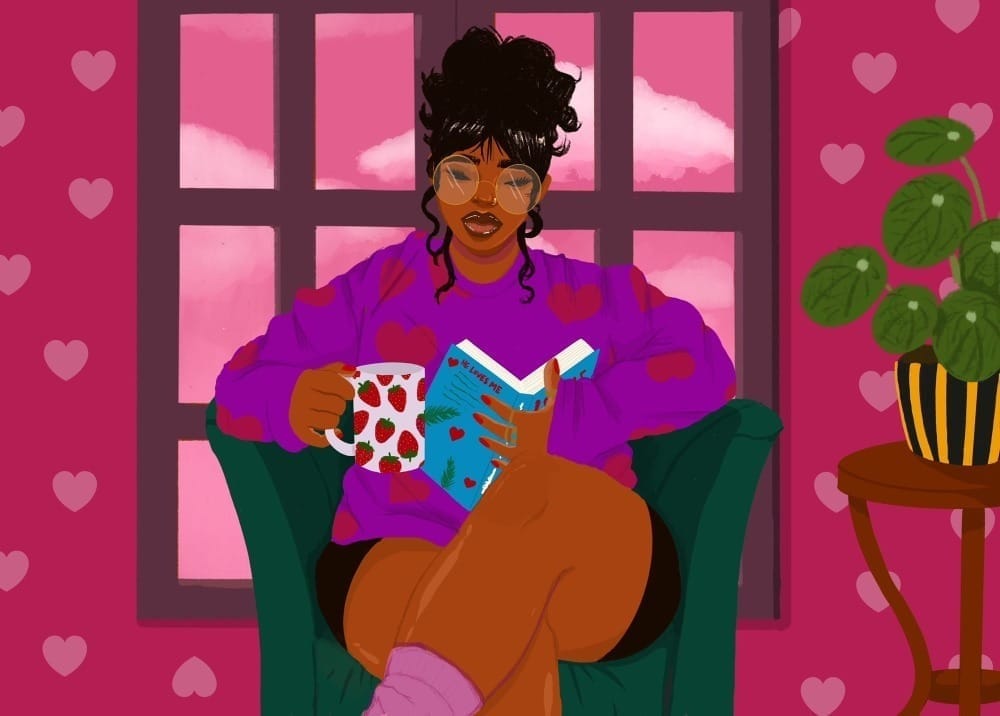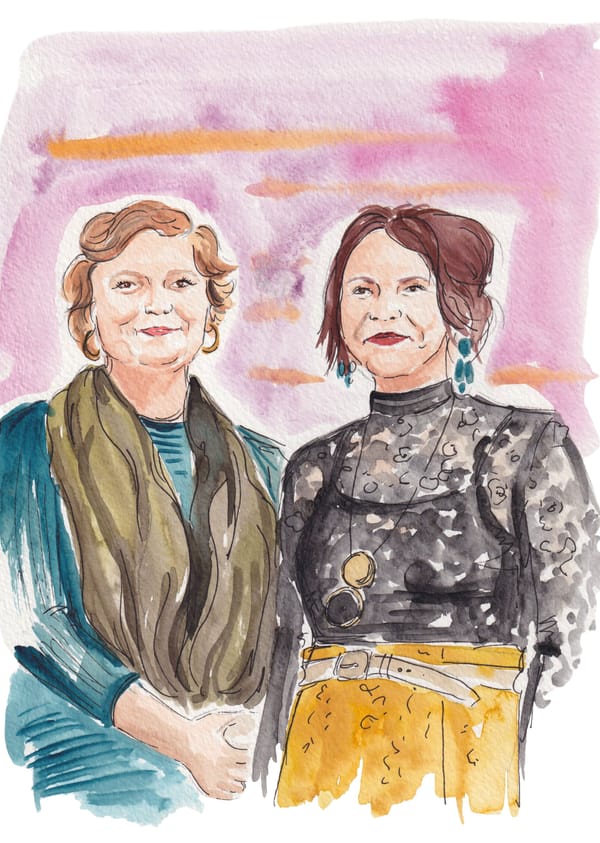I Never Saw Myself in Romance Novels. Then, One Day, I Did.
Enthusiastic readers of romance novels would very much like to see themselves reflected on the page. When will the industry fully catch on?

I was 14 when I first discovered romance novels. I picked up my first on a whim, but by the time I got to the novel’s formulaic and utterly predictable end, I was well and truly hooked. And in that moment everything changed.
Up to that point, I’d been curious about love and sex—but maddeningly shielded from it. Growing up in a traditional Indian family in Singapore, the idea that women could experience pleasure was a foreign concept. I got the feeling that love and romance wasn’t really for “good Indian girls” like me.
Still, I pieced together clues about romance from film and television: early and mid-2000s American teen dramas such as "Roswell" and "Gossip Girl" and Bollywood—although the kids at school made fun of my Bollywood crushes, Shah Rukh and Aamir Khan, calling them “ugly.” Even the look of my romantic heroes was wrong.
Here I was, an enthusiastic brown feminist who dreamed of being swept off my feet on my terms, by a man who was as emotionally available as he was gorgeous. But try as I might, I couldn’t find any semblance of myself in the thin, fair-skinned and demure female leads on TV. I was too tall, too brown, too human.
But it wasn’t until I discovered romance novels, that my imagination really took flight. Even a casual browse at the Singapore National Library in the early 2000s, turned up novels like Nora Roberts’ “Sea Swept” and Jayne Ann Krentz’s “Summer in Eclipse Bay” in abundance. In these books, male characters were “rogues” (read: immature and selfish) in need of “taming” by heroines with waists so small, their paramours could fully encircle them with their large manly hands. Their skin was pale as milk.
I wish I could tell you that a quarter century on, romance publishers have finally grasped the plot and realized that their audience comprises all sorts of people who very much wish to see themselves on the pages. But that would be a wild exaggeration: They have not.
The milky-pale, passive, sweet and thin (goodness, oh so thin!) protagonists are still, largely, the norm—because in romance, white authors are still the norm. Even the recently popular romantasy genre blending fantasy and romance is largely dominated by white authors, centering white characters.
Although print sales of romance books more than doubled between 2020 and 2023, data collected by The Ripped Bodice, a bi-coastal bookstore that only sells romance novels, show that writers of color in the genre declined over the same period. In 2016, just 8% of romance books from major publishers and imprints were written by authors of color. That number rose to around 12% in 2021 (likely owing to 2020’s Black Lives Matter movement and the ensuing corporate hand-wringing over representation), but fell back to 10% in 2023. As for the intersectional representation of characters of color—queer love, characters with disabilities, non-Western stories—well, they hardly exist at all.
Simply put, the romance industry—which is currently valued at over a billion dollars and is a growing industry— is almost as white as it ever was—a lack of representation which can have profound effects on the sorts of relationships people of color think they do, or don’t, deserve.





